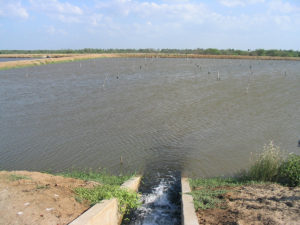
Revisando el desequilibrio iónico en el cultivo de camarón a baja salinidad
El desequilibrio iónico en agua de cultivo de baja salinidad puede influir negativamente en la supervivencia y el crecimiento del camarón, y es común aplicar diversas sales minerales en estanques de camarón de baja salinidad.
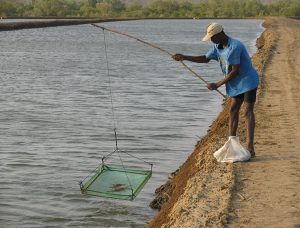
Decomposition and accumulation of organic matter in ponds
Aquaculture ponds accumulate organic matter from organic fertilizer, remains of microorganisms produced within the pond, feces of the culture animals and uneaten feed. Claude E. Boyd, Ph.D., details the leading organic matter management practices, and says that the accumulation of organic matter is often not as great as believed.
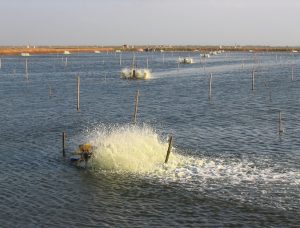
Descomposición y acumulación de materia orgánica en estanques
Los estanques acuícolas acumulan materia orgánica de fertilizantes orgánicos, restos de micro-organismos producidos dentro del estanque, las heces de los animales criados y el alimento no-consumido. Claude E. Boyd, Ph.D., detalla las principales prácticas de gestión de la materia orgánica, y dice que frecuentemente la acumulación de materia orgánica no es tan grande como se creía.
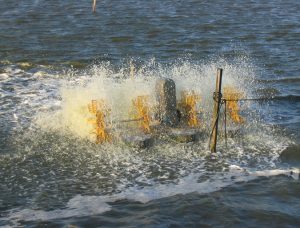
Does Coriolis force impact aerator placement in aquaculture ponds?
The Coriolis effect has no bearing on aerator placement and aquaculture pond management. The most important consideration with mechanical aeration is to provide a sufficient amount to maintain adequate dissolved oxygen concentration.
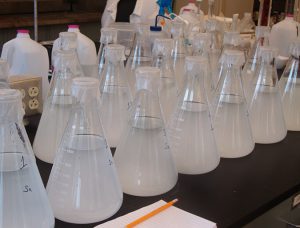
Prueba de caliza agrícola en estanques acuícolas
Este estudio de piedra caliza agrícola de cinco diferentes canteras estadounidenses determinó que las muestras tenían composiciones químicas comparables, pero solubilidades algo diferentes en agua. Este procedimiento podría ser útil para lograr mejores resultados cuando estos productos se usan en el encalado de estanques acuícolas.
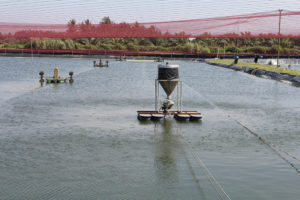
What happens to feed in aquaculture systems?
Aquaculture systems should be operated with attention to reducing the environmental waste load, which requires the use of high-quality feeds, prevention of overfeeding and maintenance of good water quality.
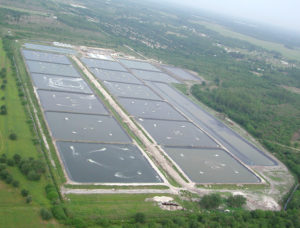
Crecimiento lejos de la costa: Examinando el cultivo de camarón tierra adentro
El cultivo del camarón tierra adentro tiene numerosas ventajas – mejora la bioseguridad, el costo más bajo de la tierra, y reduce los conflictos con otros usuarios de recursos comunes como la tierra y el agua – y seguirá expandiéndose hacia nuevas áreas.
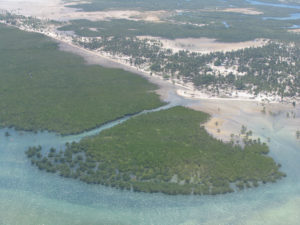
What is biodiversity and its relevance to aquaculture certification?
Aquaculture certification programs reduce the environmental impacts of aquaculture and avoid negative impacts on biodiversity, but no single indicator of biodiversity can be used as a standard in aquaculture certification.
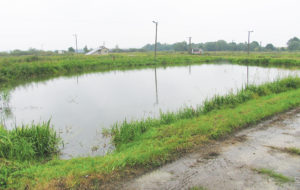
Defining ranges for water quality variables presents complex, challenging process
The creation and application of reference tables for acceptable concentration ranges of physical and chemical water quality variables for culture organisms would be challenging due to the differing tolerances found among the many farmed species.
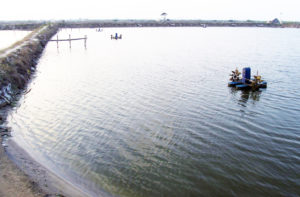
Examining copper use in aquaculture
Copper is used for control of the blue-green algae responsible for off-flavors in aquaculture animals, treating diseases and parasites, and avoiding cage net fouling. Although copper is an essential nutrient for plants and animals, an excess can negatively affect the environment and human health.
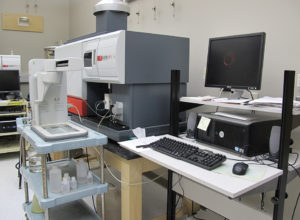
Accuracy of custom water analyses varies
The reliability of trace element analyses reported by custom laboratories cannot be checked by simple techniques, and results may not always be accurate. One should check the reliability of major ion analyses by determining the charge balance and comparing the measured total ion concentration with the total ion concentration estimated from conductivity.
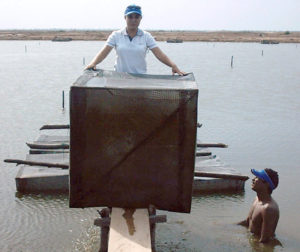
On-farm trials test new products, methods
Farm trials compare new products or methods with practices in current use. Due to aquaculture’s inherent variability, multiple replicate treatments in experimental units that are as similar as possible are required.
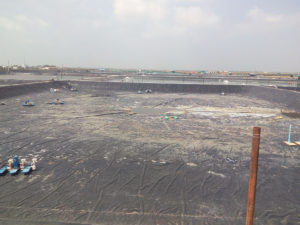
Appraising pond liners for shrimp culture
The use of plastic-lined ponds by shrimp farmers can significantly improve production efficiency, support more production cycles per year, and higher mechanical aeration rates and stocking densities. The capital cost of lining ponds can be very significant, so a thorough feasibility analysis is recommended when considering this production tool.
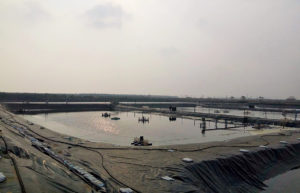
Evaluación de revestimientos plásticos de estanques para el cultivo del camarón
El uso de estanques con revestimiento de plástico por parte de los productores de camarón puede mejorar significativamente la eficiencia de la producción, soportar más ciclos de producción por año y mayores índices de aireación mecánica y densidades de siembra.
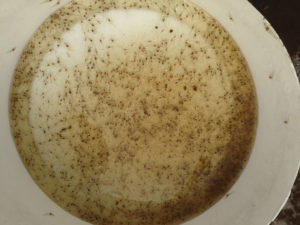
Carbon-nitrogen ratios in pond fertilization and biofloc systems
Prof. Claude Boyd on the importance of carbon-nitrogen ratios for pond fertilization and biofloc systems, and the relevance of precise carbohydrate inputs.
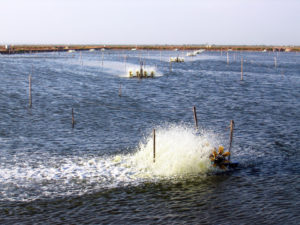
Effective management avoids gas bubble trauma
When aquaculture pond water suddenly warms, gas bubbles can form in the blood of aquatic animals and lead to stress or mortality.

Relaciones carbono-nitrógeno en fertilización de estanques y sistemas de biofloc
El Prof. Claude Boyd discute la importancia de las relaciones carbono-nitrógeno para la fertilización de estanques y los sistemas biofloc, y la relevancia de las aportaciones precisas de carbohidratos.
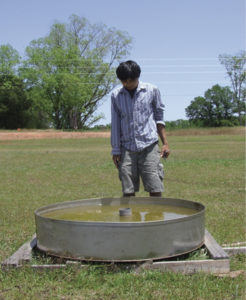
Evaporation affected by sunlight, temperature, wind
Evaporation of water from ponds is influenced by solar radiation, air and water temperature, and wind velocity. Control of aquatic plants can yield some reduction.
